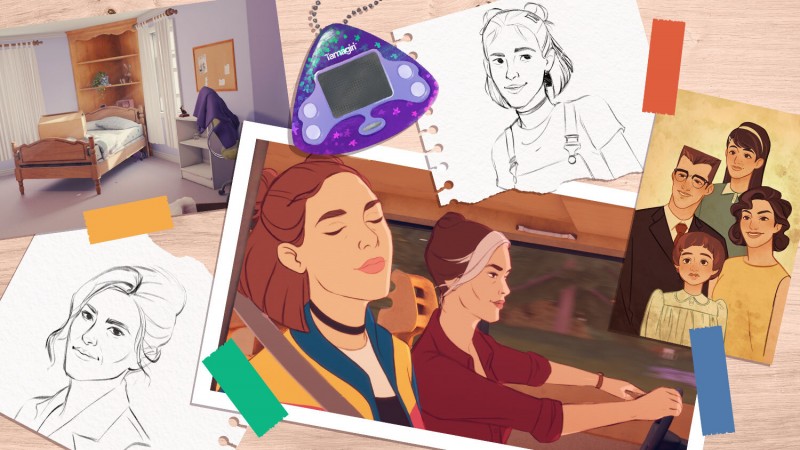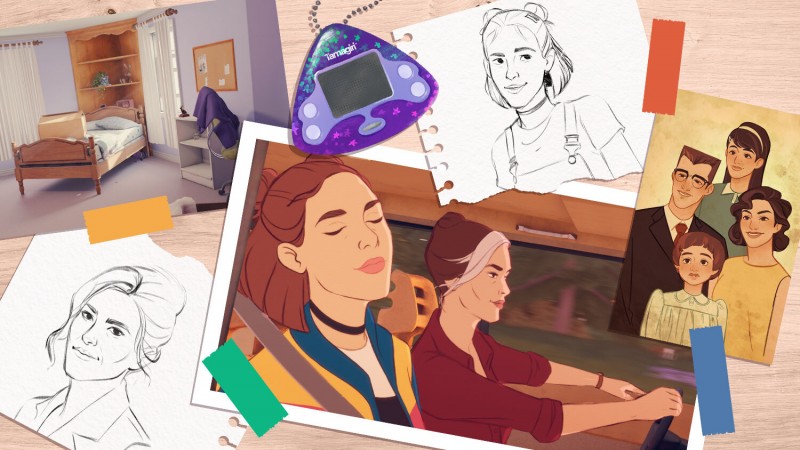
Every road trip has bumps along the way – unexpected potholes, constant traffic, and extra pit stops. There are stretches of nothingness, and your numb mind tries to pass the time until you reach the destination. Sometimes the open road instills a sense of freedom; other times, you feel trapped. However, the memories that help us power through the tedium often stick – singing along to a classic, having a heart-to-heart conversation, or observing a surprising sight.
In creating a game about a road trip, you could say Gone Home developer Fullbright experienced these highs and lows at every turn. Two years ago, the debut trailer for its third game, Open Roads, was met with excitement. And rightfully so, as it centered on a mother and daughter’s journey to discover more behind their family history – a different set of protagonists than we usually see in our video game adventures. The hand-drawn art style popped, but it also turned heads for the top-tier talent cast in the two leading roles: Keri Russell (The Americans, Star Wars: Episode IX – The Rise of Skywalker) and Kaitlyn Dever (Booksmart, Dopesick).

The reveal got people talking, and a year later, people were talking again – but for more complicated and alarming reasons. Multiple allegations of employee mistreatment surfaced against Fulbright co-founder and Open Roads creative director Steve Gaynor, causing him to step down from the project. Outside of the concern for a healthy working atmosphere and the employees that suffered, many questioned if Open Roads would survive the turmoil and not get lost in the wreckage of Gaynor’s negative actions.
A small team wanted to ensure it didn’t, staying on and finishing the game. However, they knew some big changes needed to be made on the game and how the studio collaborated on projects. They needed to put the studio’s previous, damaging leadership style in the rearview mirror.
This is how they got back on the road and found a new route to their destination.
Changing the Plan
Open Roads could not continue development as it was. The studio’s bureaucratic structure was hurting everyone involved, and the best option was to remove Gaynor altogether. That wasn’t the simplest decision as he owns Fullbright. When news of Gaynor’s harmful management hit, the Open Roads team posted a statement on Twitter. It stated Gaynor would step down as creative director and transition to a writer on the project. However, that’s no longer the case.
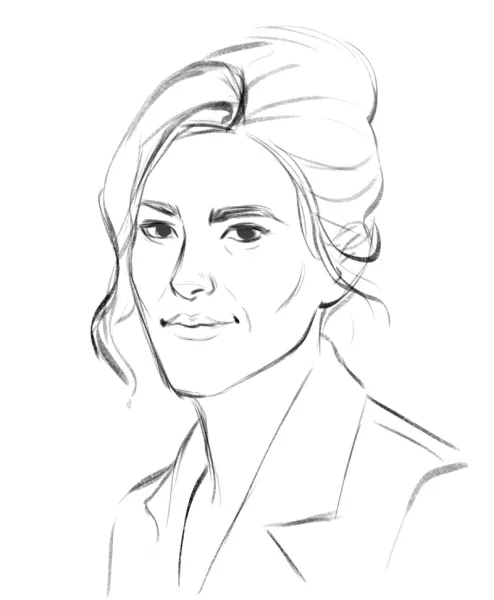
“When that last information came out, we were still kind of figuring out what role Steve [Gaynor] was going to play in Open Roads as he still is the company’s owner, so it’s kind of an unusual situation,” says art director Noël Clark. “But as of June of 2021, he hasn’t really had any involvement in Open Roads. We’ve taken it and made it our own.”
The next step was deciding which team members wanted to stay at Fullbright. Fifteen employees had already left the project since development started in 2019. So many people came in and out that the developer questioned if there could be a unified vision. The remaining employees started simple, asking who wanted to keep making Open Roads. Then the team had to decide if finishing the game was feasible. Six members thought so. “It felt like there was still something about the game that we found very compelling,” says engineering lead Aaron Freedman.
A Star-Studded Duo: Tess and Opal’s Relationship
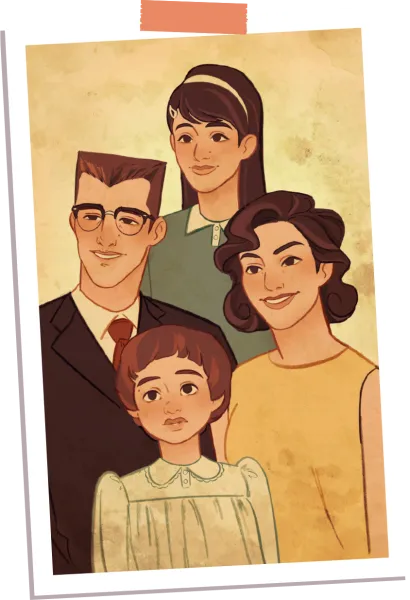
Actresses Keri Russell and Kaitlyn Dever have helped bring the characters of Opal and Tess to life, recording at times together and apart. This mother/daughter relationship is the most important aspect of Open Roads, and it’s something about which Fullbright thought carefully.
“There aren’t as many mother/daughter stories out as there are father/daughter and father/son stories,” says executive producer Amy Fincher. “A pitfall we see sometimes is because there are so few mother/daughter stories, they kind of end up being the same story [with] the same conflicts and the same personality types.”
At the start of the game, Opal and Tess are in a good place. There’s a child and parent dynamic, but they’ve built a good relationship. “One thing that we talked a lot about in the beginning is with a lot of mother/daughter relationship stories that we see, like Lady Bird, for example, the plot is about that first step towards friends,” explains graphic artist Harrison Gerard. “[Lady Bird’s] ending is like, ‘Okay, they’re on their way.’ And I think Open Roads is really interesting because they’ve kind of already had that happen. They don’t start as enemies.”
A lot of the journey centers on Tess seeing her mom as a person outside of that caretaker role. On the other side, Opal is noticing things about Tess that remind her of herself. “Tess is into movies and has a lot of personal interests that she pursues independently without anybody driving her to do that,” Fincher says. “And Opal is kind of the same way. But she has a different perspective on those things because she’s trying to do some creative things in her life, and not all of it worked out the way she wanted it to.”
Executive producer Amy Fincher was the only one who wasn’t with the team before Gaynor left. In fact, she accepted the job as the information was coming to light. “It was Noël [Clark] and another person on the team that came to me and were like, ‘Hey, full transparency, here’s what’s going on: All these changes are happening, and we still want you on the team but now that it’s a little different than what we had talked about before, do you still want to do it?’” Fincher recalls.
She had never worked with a team in flux like this but felt she had something to offer. “I felt like there were things I could do to help this team to restructure and figure out a plan to finish this game with a very different team composition,” she says. “Also, just helping out a team that had been through a lot and had a lot of unique needs. It’s very challenging for us, but as a producer, it’s the kind of thing that I really like to do – try to make a difference in how a team operates day to day.”
Taking Action
It’s one thing to say you’re making changes; it’s another to make them. Fincher says her first big task was listening to everybody about what happened and how they wanted things to go in the future. More collaboration and creative freedom were high on the list, but another was full transparency.
“Everybody knows everything,” Fincher says. “Everybody participates in all major decisions, and the budget is somewhere where anybody can look at it at any time, which was a big change in a lot of ways. It was a relief for me because in the past, as a producer, I’m kind of encouraged to really focus on giving the right information at the right time. And now it’s more like, if I know something, everybody knows it. It’s an easier way to work in many ways, and I enjoy it.”
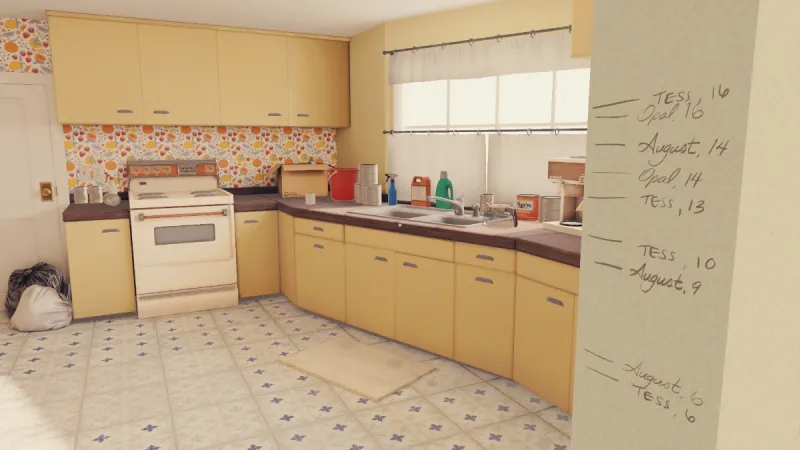
The shift in atmosphere helped form a new path for Open Roads. “The really impactful thing that I immediately noticed was the kind of the discussions that we were having,” Freedman says. “They were very open. We were very willing to share ideas with each other about the game and what we thought we would like to change. It was very refreshing – that first moment of, like, ‘Oh, we’re going to really just look at this game and decide how we want to move forward.”
Graphic artist Harrison Gerard agrees. Previously, he had to send suggestions up and down the ranks for approval. But in this new phase of development, he noticed a considerable shift in his responsibilities. “It kind of switched overnight into me and Noël [Clark] being like, ‘Oh, it would be cool if we had a phone memo sheet or a Playboy magazine or something like that.’ And then we’d just make it and put it in the game. It’s a lot more responsibility, but it was also super creatively freeing to go from having just a laundry list of things that someone else thought should be in the game to stuff that you were creating out of whole cloth.”
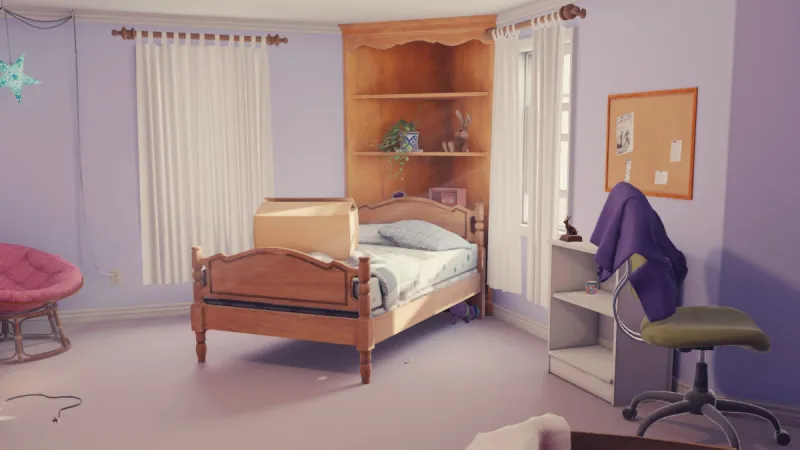
With new energy, the team sat down to look at the game in front of them. It could be their story, a group effort – not one person steering the ship. It was time for all of them to take control together. “I think the really important thing for Open Roads is that it is not any one person’s vision anymore,” Fincher says. “It is a collaboration, from design to story dialogues. Even on the individual objects, we put names and words that are important to us in the game … so that fingerprints are on it beyond just the kind of behind-the-scenes collaboration we’ve done.”
Reenvisioning the Journey
Open Roads’ story was nearly three-quarters written and a quarter recorded by the voice actors when Fullbright restructured. “It was very interesting constraints to work in, but we also had a story [where] the basis really resonated with us,” Gerard says.
Fullbright was adamant about keeping what most interested it: the core concept of a mother and daughter discovering more about themselves and their family history on a road trip. But the team decided to shift the narrative to be more relationship-centric [see Tess and Opal’s Relationship sidebar]. “We took the story from something that was really plot-focused on this kind of Goonies-esque road trip zany thing,” says Gerard, “to something that was much more character-focused and looked at the relationship between the mother and the daughter much more explicitly.”
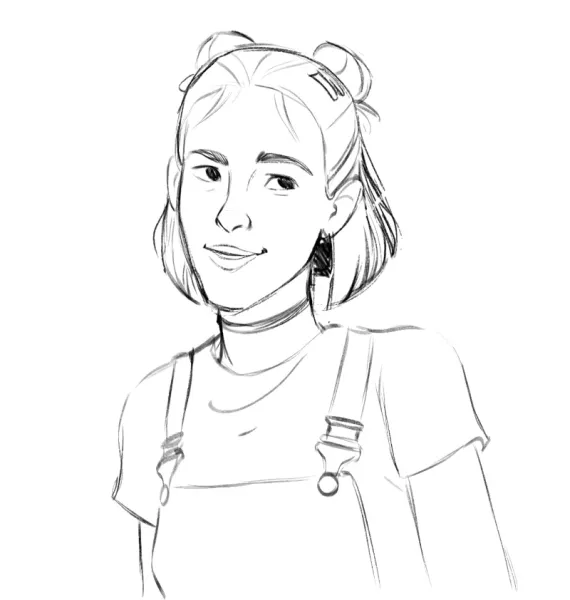
“A lot of the changes that we made had to do with editing things down, where it’s like, ‘Okay, here’s this plot element or here’s this element of the family mystery, and does this help us understand Tess and Opal?’” Fincher adds. “We made sure that all of the energy that we put into rewrites was all about these characters and making sure that as you play through the story, you see how their relationship evolves and changes.”
The death of Opal’s mother and Tess’ grandmother is still what triggers their sudden road trip, and the mystery is still uncovering a big family secret. “As often happens when a family member passes away, you are looking at their stuff, and sometimes that starts conversations and inspires questions,” Fincher says.
The road trip takes place in 2003, driving through Michigan along the U.S. and Canadian border. You play as sixteen-year-old Tess and see the story play out through her eyes. “Tess is an exuberant young person who firmly believes that she knows what she wants, and she’s kind of spunky,” Gerard says. “With Opal, I think they’re more similar than they would care to admit. I think Opal has kind of the same drive but in a little bit more of a mature way. They have a lot of humor in their relationship, which is something that we wanted to focus on and wrote even more additional dialogue [for].”
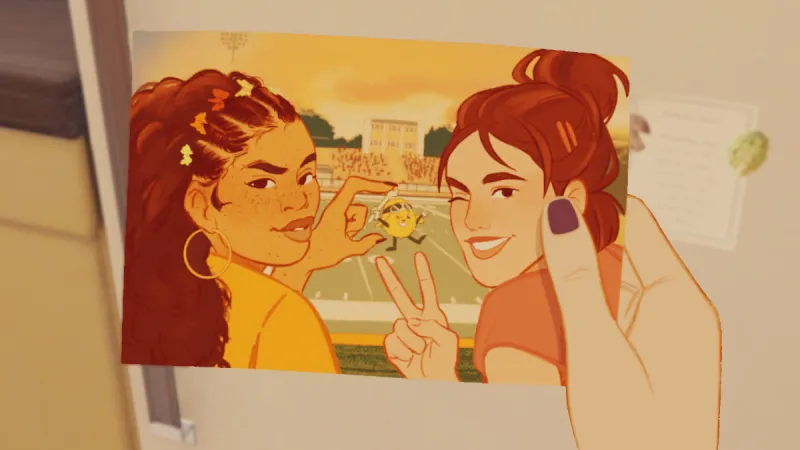
During the trip, you have dialogue choices, but they won’t have big implications on the narrative, ending, or character personalities. “There is a really subtle way that we’ve approached the design of these choices,” Freedman explains. “You’re playing as Tess, and you get to make choices in dialogue as Tess, but you don’t get to decide who Tess is fundamentally. You don’t get to decide how she relates to Opal as a human being. But what you do get to do is roleplay as her, and you get to sort of affect the way that she navigates through these discussions and the world.”
As this is a Fullbright game, it still has the structure we’ve come to know: exploring objects and environments to obtain more information and clues about the people and story. The team compares exploration to how you approach the dialogue choices. “There’s a lot of objects you can choose to interact with or not, and which ones you look at will fill out your picture of what’s going on in the story and what’s going on with these characters,” Fincher says. “That’s also what happens in the dialogue; you choose what aspect of these characters [you] want to explore in the moment.”
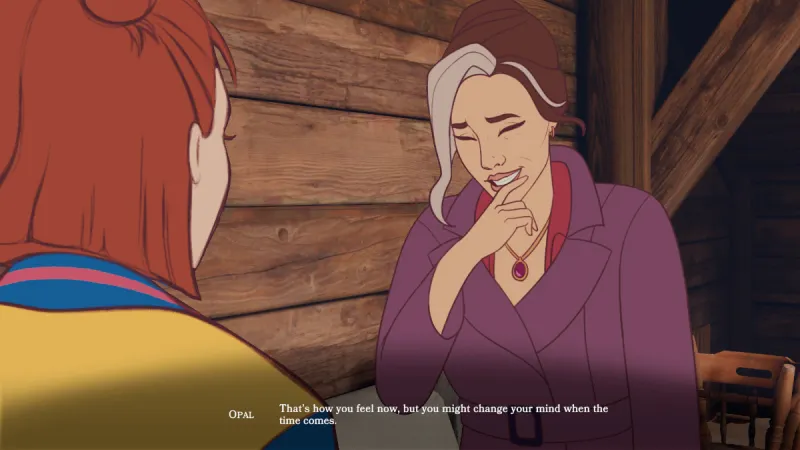
You also won’t spend the entire time in a car trying to hold a conversation while passing cornfields and cows. “It’s not about belaboring it and trying to simulate the experience of a road trip but to capture that feeling of it,” Freedman says.
One way Fullbright thought to keep things interesting was focusing on Opal and Tess and their different feelings throughout the drive. “We talked a lot about what is it like to be trapped in the car with your mom,” Fincher says. “So the focus was less on how do we recreate going on a physical journey to another place and more on how you feel when you’re stuck in the car with your mom. What kind of things do you talk about? What things might you do to annoy her?”
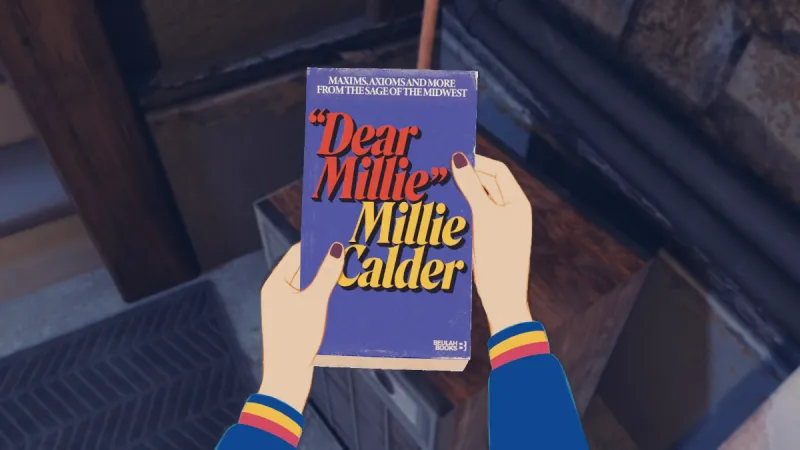
You also make plenty of stops. “If what you like in a Fulbright game is the ability to go around interesting environments, pick stuff up, and learn about the people who live there, you will like this game,” Gerard says. “That’s still a huge focus and something that we care a lot about.”
Fulbright wants every place you visit to have some history or secret attached to it. You often explore abandoned properties, which fit into the game’s larger themes. “A lot of times, it’s about understanding what used to be there, what it was or what it could be, or what it didn’t become,” Freedman says. While Fullbright didn’t want to describe specific places to avoid spoilers, the team did share more about their essence. “It almost has that gothic quality of areas that have some sense of either absence or decay,” Fincher explains. “I wouldn’t quite say like liminal, but there is that kind of mood throughout.”
Meet The Team
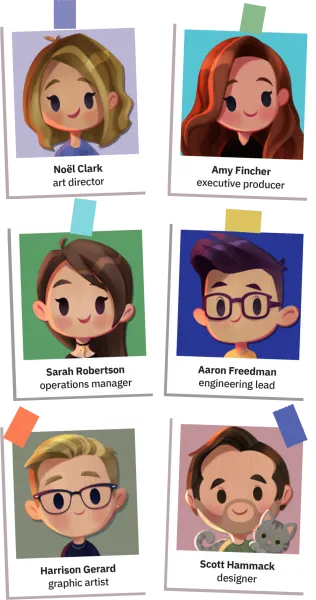
For example, one of the destinations you explore has a ’60s aesthetic. You aren’t going back in time, but you’re seeing this place that hasn’t been updated or touched for a while. “It was really fun from a design perspective to think, ‘What are the trappings of this era, and how can we make stuff that is very recognizable as being from there without feeling overly kitschy?” Gerard says.
The team also added a few new layers to exploration. You can be as nosy as you want, but if you find something interesting, another character might weigh in on it. “[They’ll] give you more information or be really cagey about it, making you even more curious about what the deal is with this thing because they won’t tell you,” Fincher says.
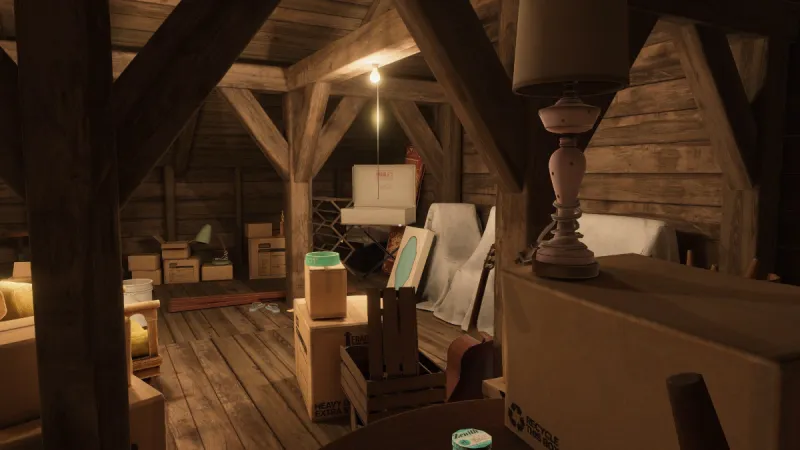
Turning the Key
Fullbright is edging toward its destination, preparing Open Roads for release. The team says they’re currently wrapping things up and putting final touches on the game. They hope to set a specific date in the coming months. After surviving the trip’s rough course, the team is proud of what they have been able to achieve. They’ve managed to put their own mark on the game and enact change at the studio. Like many people experienced when they saw Open Roads’ debut trailer, the remaining members at Fullbright saw something and didn’t want to leave it behind. The excitement is palpable as the team discusses Open Roads and their excitement for people to play it, but it’s also clear they’ve come out of the process with a lot more knowledge and a better path forward.
“The short version for me is that hard things are worth doing,” Fincher says. “It’s harder to have transparent processes in a lot of ways than it is to have them limited. It’s harder to always keep every single person on the team in the loop on all things. And luckily, our team was small enough that that was possible. If you have [a] 100-person team, I don’t know if that’s possible. But I think that one of the big takeaways for me is that it’s worth examining these kinds of things and seeing if sometimes that time investment, that extra time investment can really yield great results.”
This article originally appeared in Issue 347 of Game Informer.
Source: Game Informer A New Destination: How Open Roads Changed Direction And Saved Its Turbulent Road Trip

